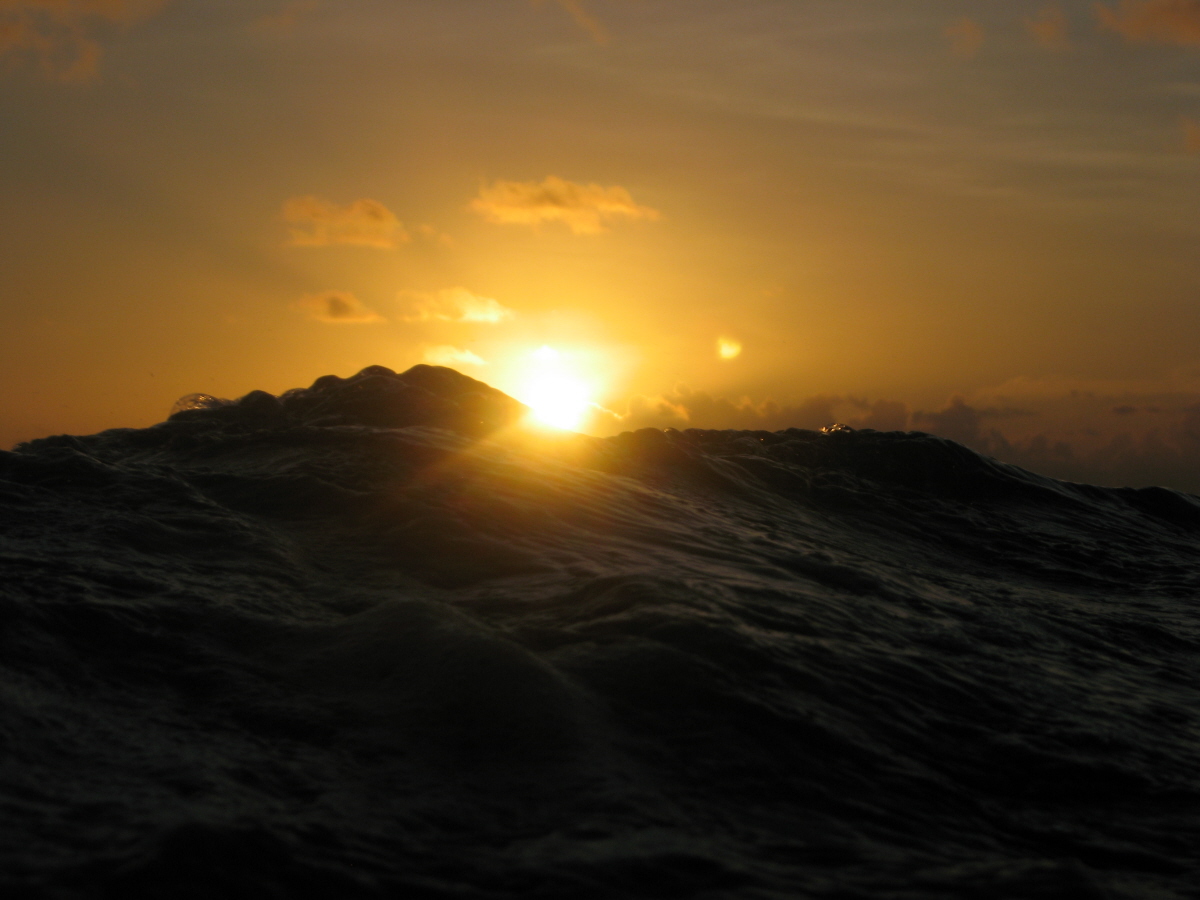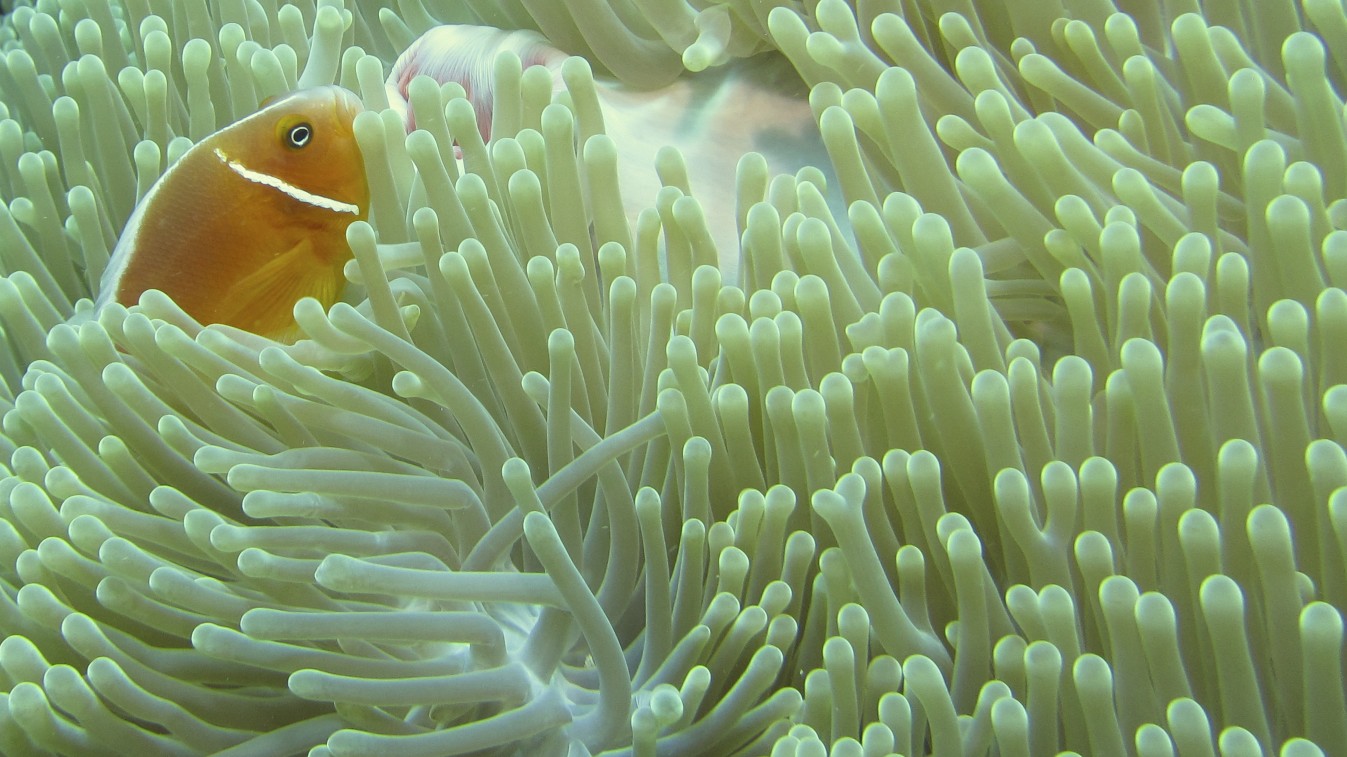The great strength of 30×30, the national goal to protect 30 percent of the ocean by 2030, is that it sets out a framework wherein there is agreement that our shared use of public lands and waters fall along a spectrum, ranging from sacred places to wise use. The highest levels of government in the U.S. and around the world are building conservation initiatives around this shared foundation. And we have tools like The MPA Guide, Blue Parks, the IUCN Green List, and the Ocean Justice Strategy to help design conservation actions that are more effective and equitable. However, we’ve cautioned the ocean conservation community to not get too caught up arguing over “what counts,” but rather to focus on “what comes next?”
Most Pacific cultures have some version of “you have to know where you came from to know where you’re going,” so despite our admonishment not to get hung up on numbers, with that sage advice it is worth spending a paragraph exploring how different sectors think 30×30 is going. Marine scientists and NGOs who advocate for strong marine protections will point to the Marine Conservation Institute’s Marine Protection Atlas that says 26% of the ocean is “fully or highly protected.” Those aligned with fishing interests will prefer the 72% put forward by the Council Coordination Committee, who think of “conservation” as sustainable use. And hopefully most will ignore the coalition funded by oil companies who credulously claim that over 500% of the ocean is conserved. But by any metric, it is clear we’ve largely achieved our stated goals of at least 30%. From our perspective, we shouldn’t agonize over bringing these sectors together for an agreed upon accounting of 30%, but rather focus on the human dimensions and enabling conditions to ensure quality, equity, and diversity of conservation. Conservation success is not delivered via creative accounting of past actions.
We’ve started talking about the need to go “Beyond 30×30.” For example, while 99% of the current areas with official ocean protections are in offshore areas around the Western Pacific, many of the places under the greatest threat by climate change and nature loss, and those that are most important to people, cultures, economies, biodiversity conservation, and carbon sequestration, are those much closer to shore and people. Habitats including salt marshes, seagrass, mangroves, and corals, and keystone species like oysters, kelp, and salmon, have supported communities of people for millennia before there even was a United States, and are all threatened by human use, development, pollution, and climate change. Protected areas around these places – designed with sustainable uses in mind – are going to be much smaller than the huge marine monuments in the Pacific. But they are incredibly important to people and communities around the country.
We are not suggesting that the 30×30 movement be abandoned. Rather, now is the time to move “Beyond 30×30” targets and towards delivering a holistic network of geographically representative marine protected areas that are just, well-designed, and well-managed, meaning they are funded and staffed. The Biden administration can start by delivering on the designation of new national marine sanctuaries and active management of marine national monuments by publishing final management plans, but there is still much work to do. As we’ve pointed out repeatedly, the who and the how of conservation is more important than the what. Applied to 30×30, this means the topline number is going to be less important than the process it takes to get there, the people who are involved, and the ecosystems and communities that conservation benefits.
Angelo Villagomez is a senior fellow with the Center for American Progress and Beth Pike is director of the Marine Protection Atlas at the Marine Conservation Institute, and both are members of the America the Beautiful for All Coalition Ocean Workgroup.

